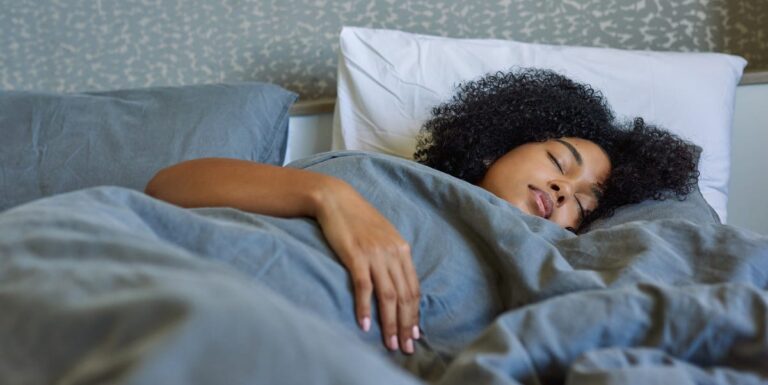If you’ve ever struggled to sleep amid the chaos of a car alarm or the pressures of looming work deadlines, the Military Sleep Method promises a solution. This viral trend, fueled by TikToks andYouTube videos boasting millions of views, claims to help you fall asleep in just two minutes. But is it truly effective or merely another internet sensation?
The Military Sleep Method traces its origins back to a 1981 book called ‘Relax & Win: Championship Performance in Whatever You Do’ by Lloyd ‘Bud’ Winter, a college track coach who developed the technique to aid World War II combat pilots. The method’s five steps aim to relax the body and mind progressively.
Step 1 involves lying on your back with your eyes closed, relaxing all facial muscles and smoothing your forehead. Step 2 includes dropping your shoulders to release neck tension, followed by relaxing each arm. In Step 3, you breathe out and relax your chest. Step 4 focuses on relaxing your legs from the thigh down to your toes. Finally, Step 5 requires clearing your mind using visualization techniques, such as imagining yourself in a calm setting or repeating ‘Stop thinking’ to dispel intrusive thoughts.
While videos claim a 96% success rate for those practicing the method over six weeks, experts like Ellen Wermter, a sleep specialist, and Dr. Greg Hammer, a Stanford University professor, highlight that the method lacks scientific validation at this level. However, the method is rooted in progressive relaxation techniques, which have been extensively studied. Progressive muscle relaxation, also known as a body scan, is a recognized method to induce relaxation and improve sleep quality.
Research supports the effectiveness of progressive muscle relaxation. A 2023 review in The International Journal of Health Science found it significantly reduces insomnia among the elderly. Additionally, a 2020 study in China demonstrated its benefits for COVID-19 patients in isolation, reducing anxiety and depression while enhancing sleep quality.
Ellen Wermter suggests that any sleep method helping to distract the brain and wind down is beneficial. She emphasizes that focusing on relaxing muscles can prevent overthinking daily stresses. Dr. Hammer concurs, adding that visualization techniques are supported by research, such as a 2020 study in the Journal of Medical Psychology.
The Military Sleep Method has several advantages. It is harmless, cost-free, and can create a calming state in two minutes, making it useful in various settings like airplanes or uncomfortable guest beds. On the downside, Wermter criticizes the ‘stop thinking’ approach, proposing instead that individuals picture themselves performing familiar and enjoyable tasks to maintain focus without stress.
Ultimately, experts caution against expecting instant sleep. Wermter points out that a true measure of good sleep is feeling rested the next day rather than the speed of falling asleep. Dr. Hammer also warns that the pressure to fall asleep quickly can be counterproductive. Keeping good sleep hygiene is essential, such as maintaining a dark, quiet, and cool environment and avoiding caffeine, alcohol, and screen time before bed.
The Military Sleep Method rebrands well-documented relaxation techniques with a new appeal. While its promise of two-minute sleep may be exaggerated, the method is worth trying. It offers a blend of progressive muscle relaxation and visualization techniques that many find beneficial.
The Military Sleep Method may not deliver on its two-minute promise for everyone, but it offers a practical approach to relaxation and improved sleep quality. By incorporating techniques backed by research, such as progressive muscle relaxation and visualization, it provides a helpful tool for those struggling with insomnia. However, maintaining good sleep hygiene remains crucial for optimal rest.



